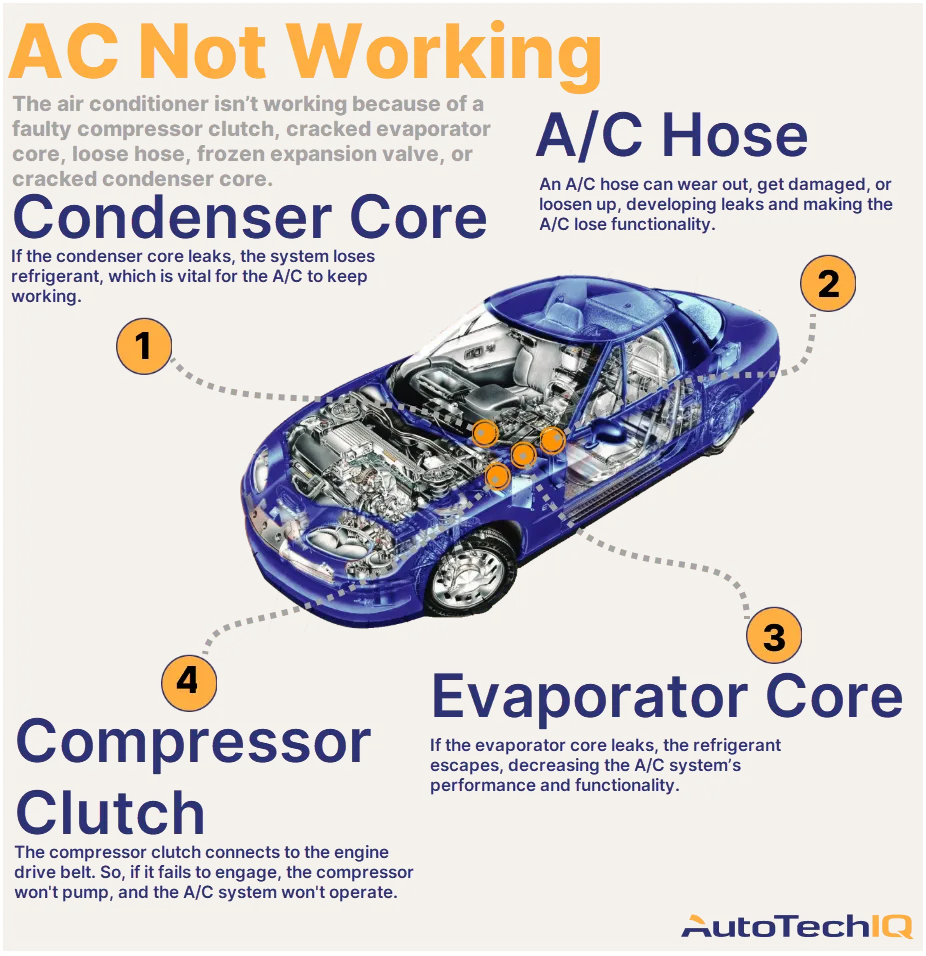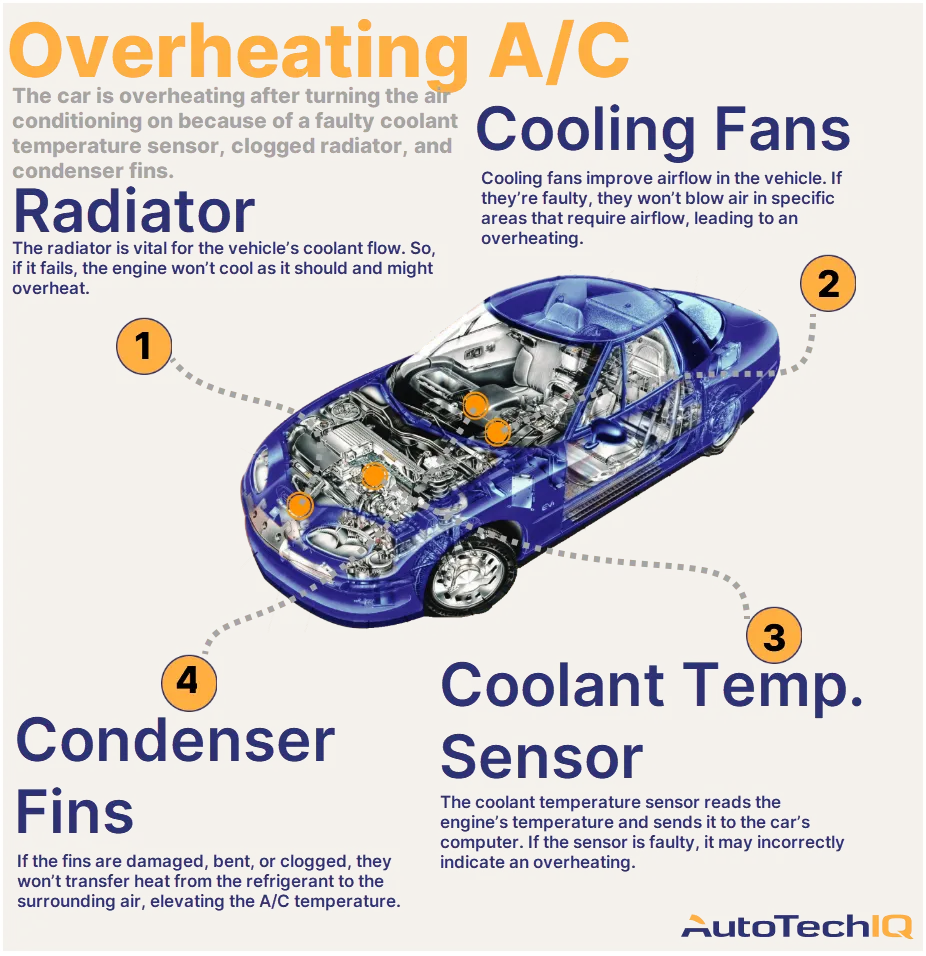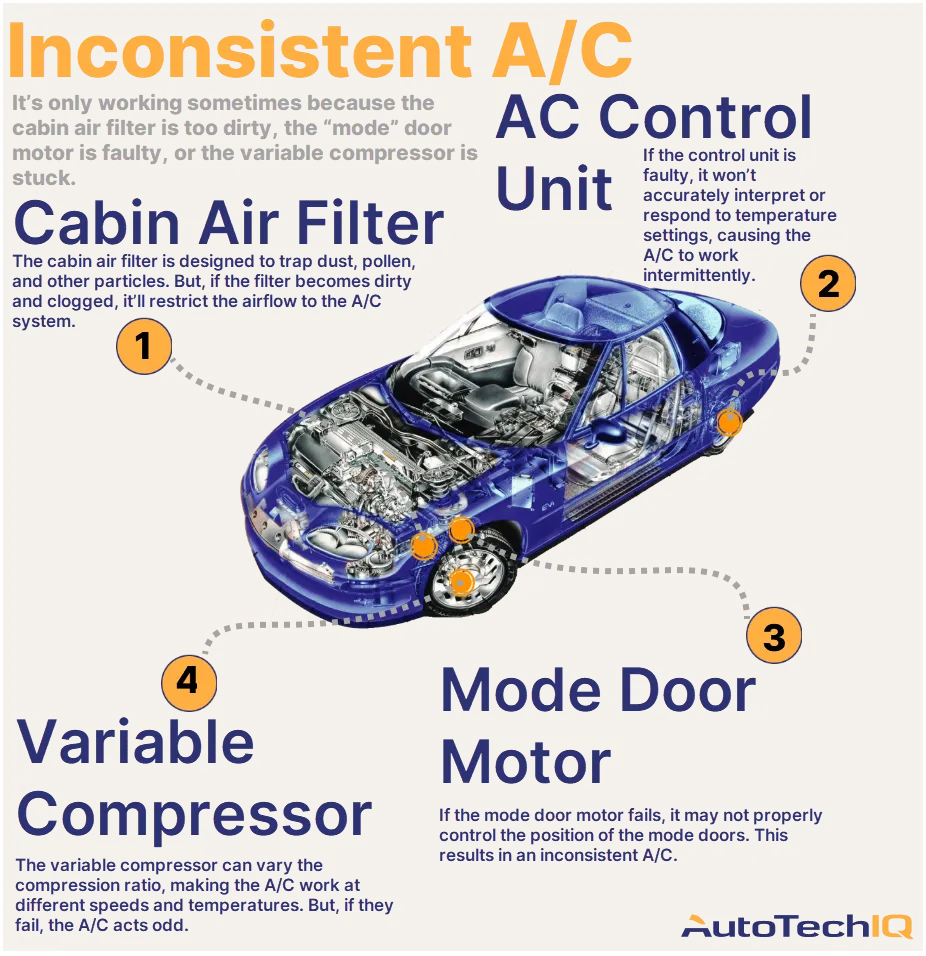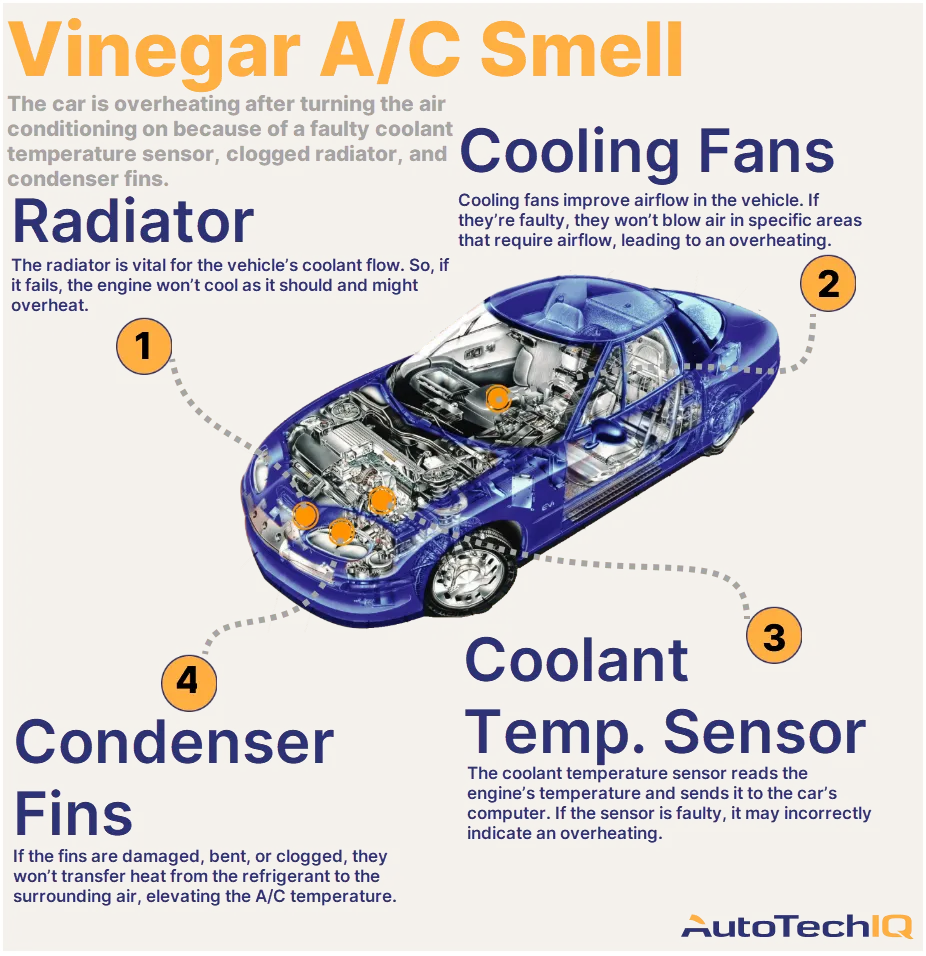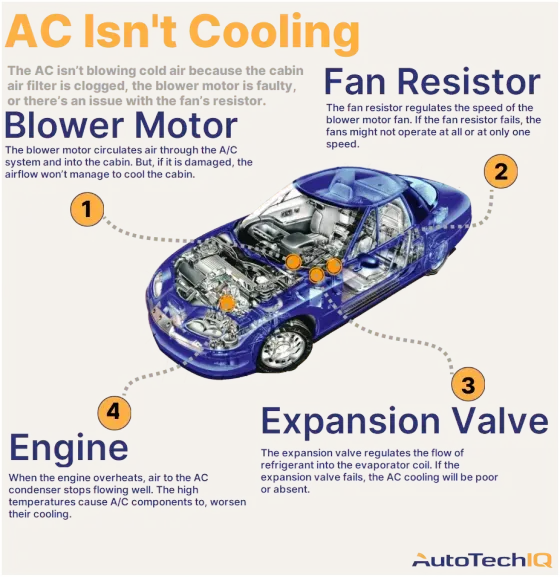
Is Your Car's AC Not Blowing Cold Air?
The AC isn’t blowing cold air because the cabin air filter is clogged, the blower motor is faulty, or there’s an issue with the fan’s resistor. However, less commonly, it might also be that the engine is overheating or has a faulty refrigerant flow. It can also be a malfunction in the expansion valve, electrical control, a clogged orifice tube, or related issues.
Consider having an experienced professional diagnose and discuss the problem promptly. Doing so ensures that your vehicle remains in good working order and you're safe while driving. Don't let a minor issue become a significant problem that could have been avoided with prompt attention and maintenance.
Watch out: If your car's air conditioning system is not cooling, you must immediately take action. Ignoring this issue may cause your hot summer months to become tougher.

